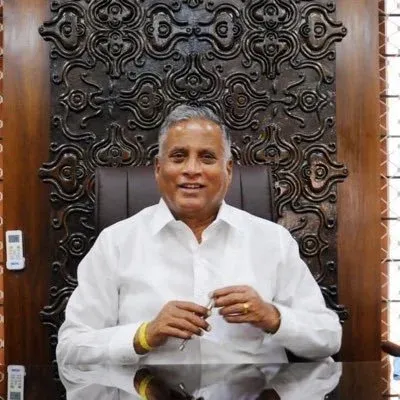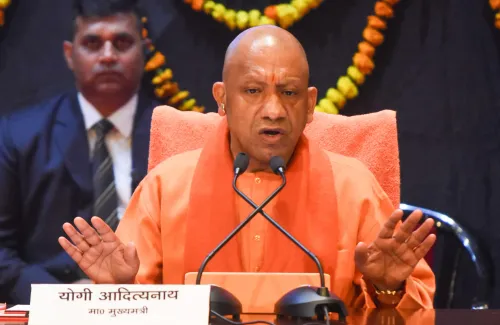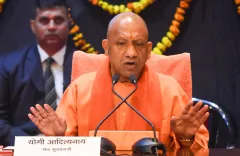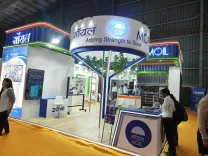What Gains Has India Made in Its Swachh Bharat Mission?

Synopsis
Key Takeaways
- Over 11.9 crore toilets built since 2014.
- Strong participation from states like Uttar Pradesh, Bihar, and Madhya Pradesh.
- Challenges in maintaining community sanitation facilities persist.
- Government funding has significantly increased to support these initiatives.
- Future phases will prioritize behavior change and sustainability.
New Delhi, July 24 (NationPress) The sanitation landscape in India is witnessing remarkable improvements through the Swachh Bharat Mission (SBM), showcasing substantial advancements in infrastructure in both rural and urban settings.
A recent response in the Lok Sabha by the Minister of State for Jal Shakti, V. Somanna, revealed that the nation has successfully built over 11.9 crore individual household latrines (IHHLs) and 2.6 lakh community sanitary complexes (CSCs) under SBM-Grameen since 2014.
Uttar Pradesh has emerged as the frontrunner with over 2.5 crore IHHLs, followed by Bihar and Madhya Pradesh.
In urban regions, the SBM-Urban initiative and its subsequent phase have contributed an impressive 63.78 lakh household toilets and 6.36 lakh public and community toilet seats, with Maharashtra, Tamil Nadu, and Uttar Pradesh being the principal contributors.
Nevertheless, the report underscores ongoing challenges in the upkeep of community facilities. Many CSCs are plagued by inadequate maintenance due to ambiguous ownership, insufficient funding, and limited public awareness.
Despite these hurdles, Gram Panchayats in various states are showing innovation by linking toilet facilities to local enterprises and running awareness programs to enhance sustainability.
The government has allocated significant Central funding to bolster sanitation initiatives—Rs 28,849 crore in 2014-15 under SBM-G, peaking at Rs 21,629 crore in 2018-19, and Rs 3,622 crore in 2024-25.
As for SBM-U, Rs 1,892 crore was disbursed in 2024-25, alongside additional funds through the revised SNA-Sparsh model.
The Swachh Survekshan Grameen 2023-24 survey, encompassing over 17,000 villages and 2.6 lakh households, indicated that 95.1 percent of rural households now have access to toilets, while 78.7 percent have provisions for greywater disposal.
However, only 39.9 percent segregate waste, and 29.4 percent of villages possess adequate waste storage facilities.
In infrastructure terms, 61.4 percent of Plastic Waste Management Units (PWMUs) and 58.5 percent of GOBARdhan biogas plants were reported to be operational.
Urban sanitation assessments revealed that 4,692 Urban Local Bodies (ULBs) have received ODF certification, with 1,973 achieving ODF++ status and 214 certified Water+.
The government is determined to maintain ODF status and advance solid and liquid waste management under SBM-G Phase II.
Financial support of up to Rs 60 per capita is available for smaller villages, while Rs 45 is designated for larger ones. Each block is expected to establish at least one PWMU, with Rs 16 lakh earmarked per unit.
The next phase of the mission will emphasize behavior change, technological innovation, and inclusive sanitation planning to secure a lasting impact.










